|
|
|
http://www.southernskies.com.au/crux.htm (This is a duplicate page for the purpose of showing information at this site, which is not available through a firewall. All rights reserved by southernskies.com)
The Southern Cross (CRUX) is now the smallest of all 88 constellations covering just 68 square degrees. Visible in the past to many of the great civilisations in the north, precession of the equinoxes has carried it from the view of all those effectively above the tropics. Not exclusive to the Australian Flag, it is also on the flags of Brazil, Western Samoa, New Zealand (But what happened to Epsilon Crucis you might ask!), New Guinea and the Hawaiian Astronomical Society.
To Aboriginal communities throughout Australia it represents many different things. One of the most interesting is the view held by the ANNANGU people of Uluru or Ayers Rock in the Northern Territory. They believe the cross is the footprint of a giant wedge-tailed eagle, second biggest in the world, called Warluwarru. The nearby Coalsack is the eagle's nest and the pointers are a throwing stick used to hunt the eagle.
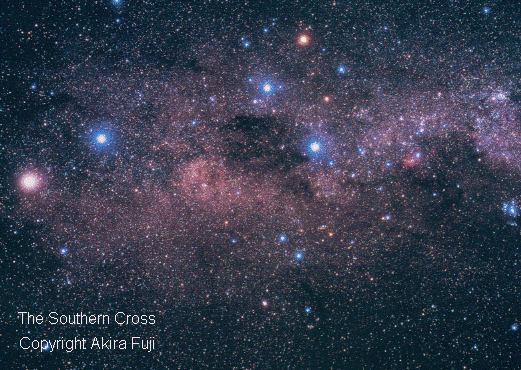
This is perhaps the best photo taken so far of the Southern Cross
http://www.southernskies.com.au/crux.htm
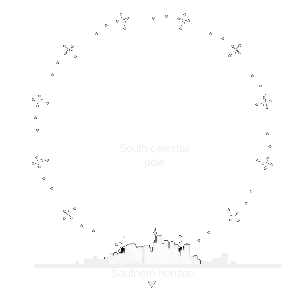
The map above shows how the Southern Cross can be seen around the 15th of each month from Sydney at 8pm. In summer the cross is nearly impossible to see as it is so low as to be blocked by buildings and trees. In winter the cross is high in the southern sky above Sydney.
The Southern Cross, like all other constellations, appears as it does because of our view from the earth. Seen from any other vantage point and the stars take on a different shape altogether because the stars are all different distances away.
In the Northern hemisphere it is possible to find direction using the
"Big Dipper" which points to the North Star, Polaris.
In the Southern Hemisphere there is a star almost as close to the South pole as
Polaris is to the North. The problem is that Sigma Octantis is so faint (mag
5.5) most people cannot see it. Therefore an alternative method must be used to
find the South and fortunately the Southern Cross is the key.
Simply extend a line from the top of the Cross through the bottom 4.5 times its
length and this will reach the South Celestial Pole. Once reached simply drop a
line straight down to the ground to find South. This works regardless of the
time of night or season.
In addition to using the stars of the Southern Cross to find direction they can also used for telling time. It takes a bit of practice but it can be done.
Consider the Cross as being at the end of the hour hand on a 24 hour clock.Midnight is represented by the Cross being at the top of the clock at the 12 o'clock position.Carefully determine the Cross's position to the nearest hour then add 2 hours per month until the next April 1st (this is when the Cross is at 12 o'clock position at midnight)
If the Cross is horizontal (6 o'clock position on the 24 hour clock) in the
south west on August 15. There are 7.5 months until next April 1, so 15 hours
must be added to 6 giving 2100 or 9pm.
If the Cross is at a position of 21 00 on the 24 hour clock on February 1st, what will the time be? Two more months until April 1st so 4 hours must be added to 20. The time is therefore 01 00 or 1am.